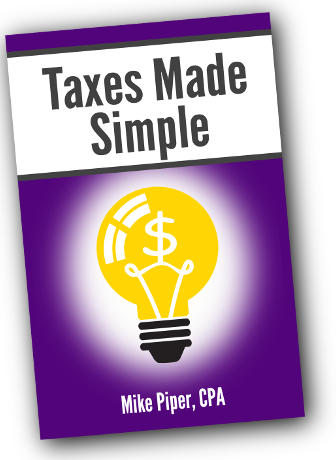Interest from Treasury bonds is exempt from state income tax, and thatís just as true for interest from Treasury bonds held by mutual funds that you own. But as Harry Sit points out this week, the 1099-DIV the brokerage firm sends you doesnít tell you how much of the dividend distribution from a fund is from Treasury bond interest. If you donít go look it up yourself, you can end up paying unnecessary state income tax.
Other Recommended Reading
- Worried About Social Securityís Future? Make A Plan For When To Start Your Benefits from Steve Vernon
- People Arenít Buying Disability Insurance, But They Should from Jim Dahle
- Perfect is the Enemy of Good from Ben Carlson
- Functional Longevity: What Use Is Retirement If You Canít Move and Think? from Anthony Ellis
- Crypto Scam Aimed at Online Acquaintances Costs Victims Billions from Tory Newmyer
Thanks for reading!



 Hi. I'm Mike Piper, the author of this blog. I'm
Hi. I'm Mike Piper, the author of this blog. I'm 

